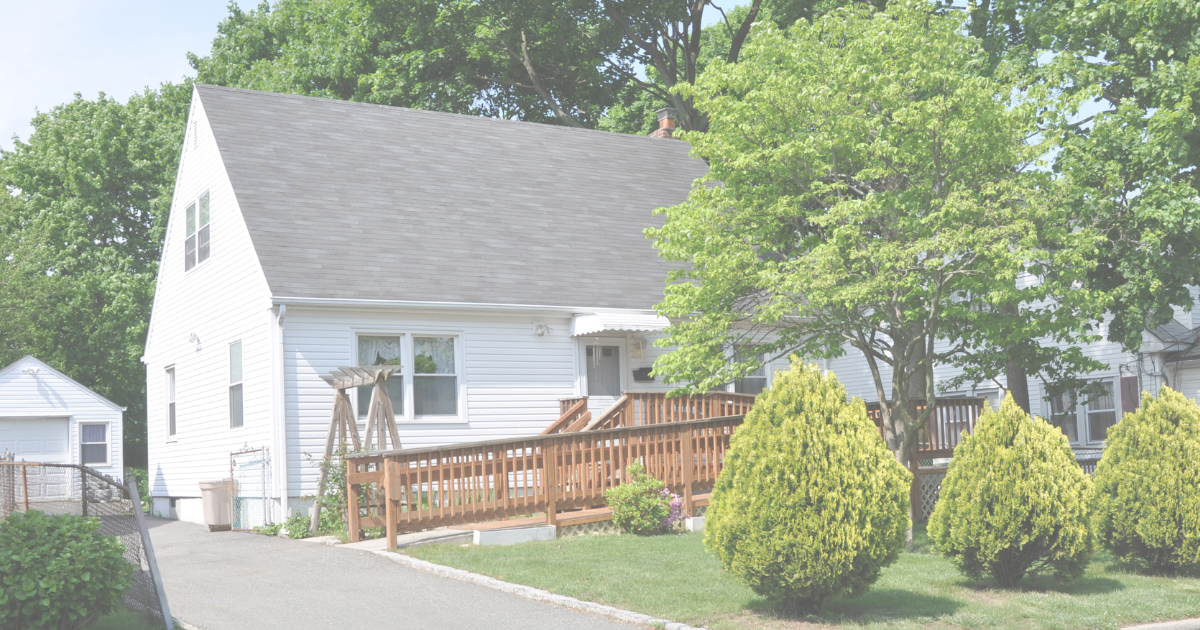Back to School: Getting Back to Our Routines
Summer is over. Booo!
Not the actual season but the “summer season” where kids are home and not in school.
That’s over.
We now have to get back into the school mindset. It’s time to get out of the habit of the kids waking up late, sitting in their pajamas, eating everything in the house, watching TV, and playing video games.
Same for us parents. We slept a little later, saved on gas because we weren’t driving to school and, perhaps, relaxed some of the rules.
The vacation is over, and the school grind is fast approaching. For the weeks leading up to the first day of school, I’ve said, “I’m not ready.”
So have the kids. But that’s not uncommon. Most kids in general don’t like the idea of having to go back to school. And for kids with ADHD, the thought of going back to school (and school in general) can be a
source of anxiety.
How do we ALL get ready? We go back to basics.
Night Time Routine
Get those kids to bed!
During the summer, my boys stayed up much later than normal. They were up talking about Fortnite and Dragonball Z. I let them stay awake because they were talking and enjoying one another (not arguing!). But now that school is in for summer (no longer “out for summer” like the song says), we have to make sure they are going to bed at a reasonable time to get enough sleep. The American Academy of Pediatrics recommends teens get 10 hours of sleep a night and elementary-aged kiddos receive 12 hours.
The night time routine might also include:
- Choosing clothes for the next day (one less decision to make in the morning)
- Packing backpack and putting it close to the door
- Prepare snacks and lunches
- Electronics charging; phone, watches, and if applies, school-issued computer
Morning Routine
Teach them how wake up!
Our kids both have alarm clocks in their rooms to give them the responsibility of waking up on their own. Their alarms are set for the same time every weekday morning. They may snooze once or twice, but we do, occasionally, have to go in and make sure they’re out of the bed. The high schooler takes a little longer to get ready than the fifth grader, but they’re mostly done in 5-15 minutes. Then, they both come downstairs, eat breakfast, make sure bags are packed (with snacks, lunches, devices, etc) and we leave.
The morning routine might also include:
- Allowing natural light into the room
- Eating a breakfast high in protein (reportedly helps with concentration through the day)
- Rewarding for getting ready in time (*see what not to use as a reward below)
In the past, I have laminated a checklist of things to complete in the morning and posted it in the bathroom or the kitchen. And it only worked for one of our boys. The other is just anti-mornings, so his “list” is a little different, and shorter, but still a list he can complete nonetheless.
Afterschool Routine
Turn off Screens
This might incite a mini riot or at least an argument.
But most parents would agree that there’s really no benefit in sitting in front of a big screen or computer screen connected to a gaming device. This doesn’t necessarily include a computer used for homework, but playing educational games is almost akin to the same video games that create those overwhelming feelings when things don’t go their way in the games they play.
According to Samaritan Health Pediatrician, Dr. Shellie Russell-Skerski, the benefits of screen time are negligible for kids, but those with ADHD and autism have brains that are more sensitive to the stimulating nature of electronics and are more likely to experience negative side effects.
“The big downside to electronics is they are overstimulating and make behavior and emotional regulation problems worse,” she said. “Eliminating screens is really good for brain health and improving some of the areas kids struggle with like language, anxiety and picking up on social cues.”
*Parents often use screen time as a reward for kids after completing homework, studying, good grades, or good behavior. A study by the American Academy of Pediatrics showed that “reducing recreational screen time to two hours a day and sleeping for 9-11 hours per night can help curb impulse behaviors.”
I’m happy to turn off the screens if it means less big, impulsive emotions over things they have no control over. I could probably benefit from less screen time myself.
Healthy Foundations
Eating healthy, balanced meals and regularly exercising are helpful for the overall school routine. Not just Physical Education (P.E.), but organized sports are a good structure-based activity to add to the flow of the day. It helps them physically, mentally, and socially. We play lots of soccer and basketball. The 2-3 practices a week fit into our schedule, or we fit them into our schedule! Being a part of a team sport is something we value highly. We believe they are vital in helping them to learn to work well with others.
But what if your child doesn’t love team sports? There’s also swimming, basketball or kickball with friends, riding bikes with friends, jumping rope, etc. These aren’t as appealing as screen time, but they’re far more beneficial.
Finally
Be kind to yourself
The schedule may “malfunction” occasionally, but try again the next day. Your intentions are good, so take pride in that. If you’re like us, one routine didn’t work for everyone, but we found something that worked for each child individually. And on the days the routine works, reward your kids (and yourself) for a job well done. You all deserve it.
Photo:
Kid Lying on Bed Switching Off Alarm Clock by Svetlana










